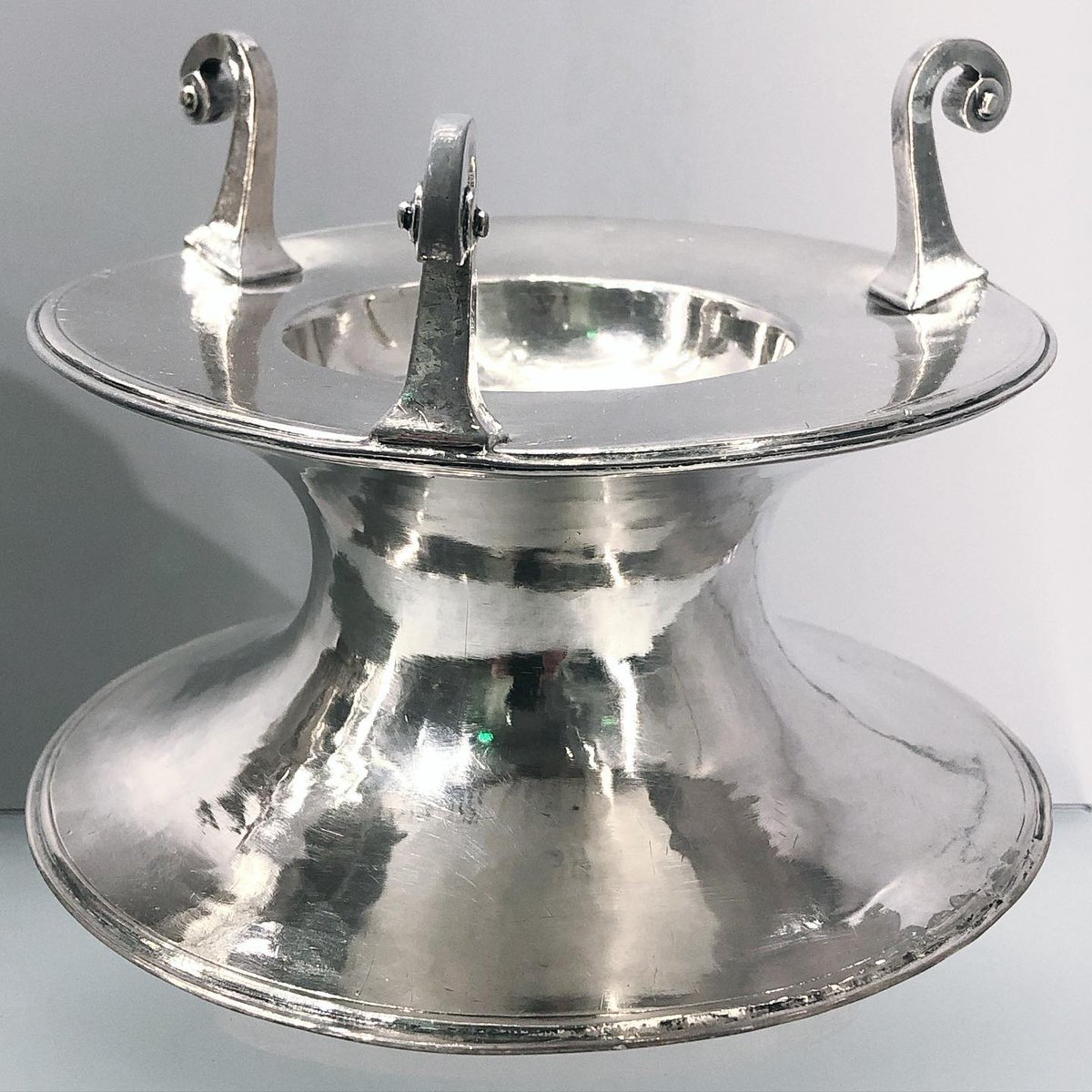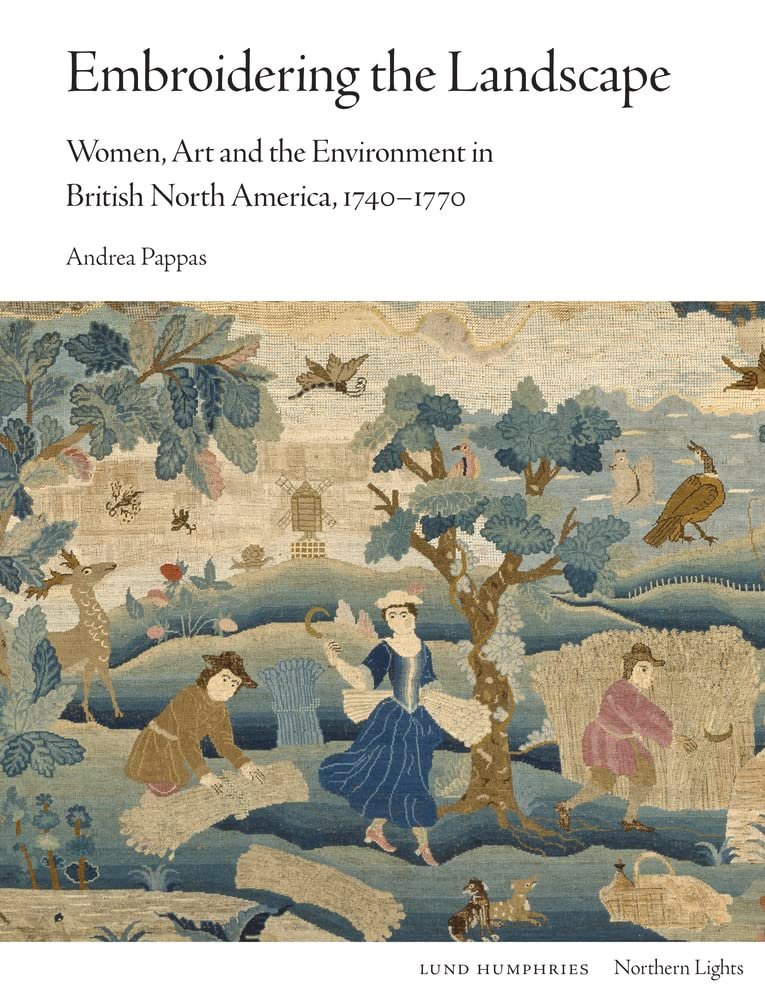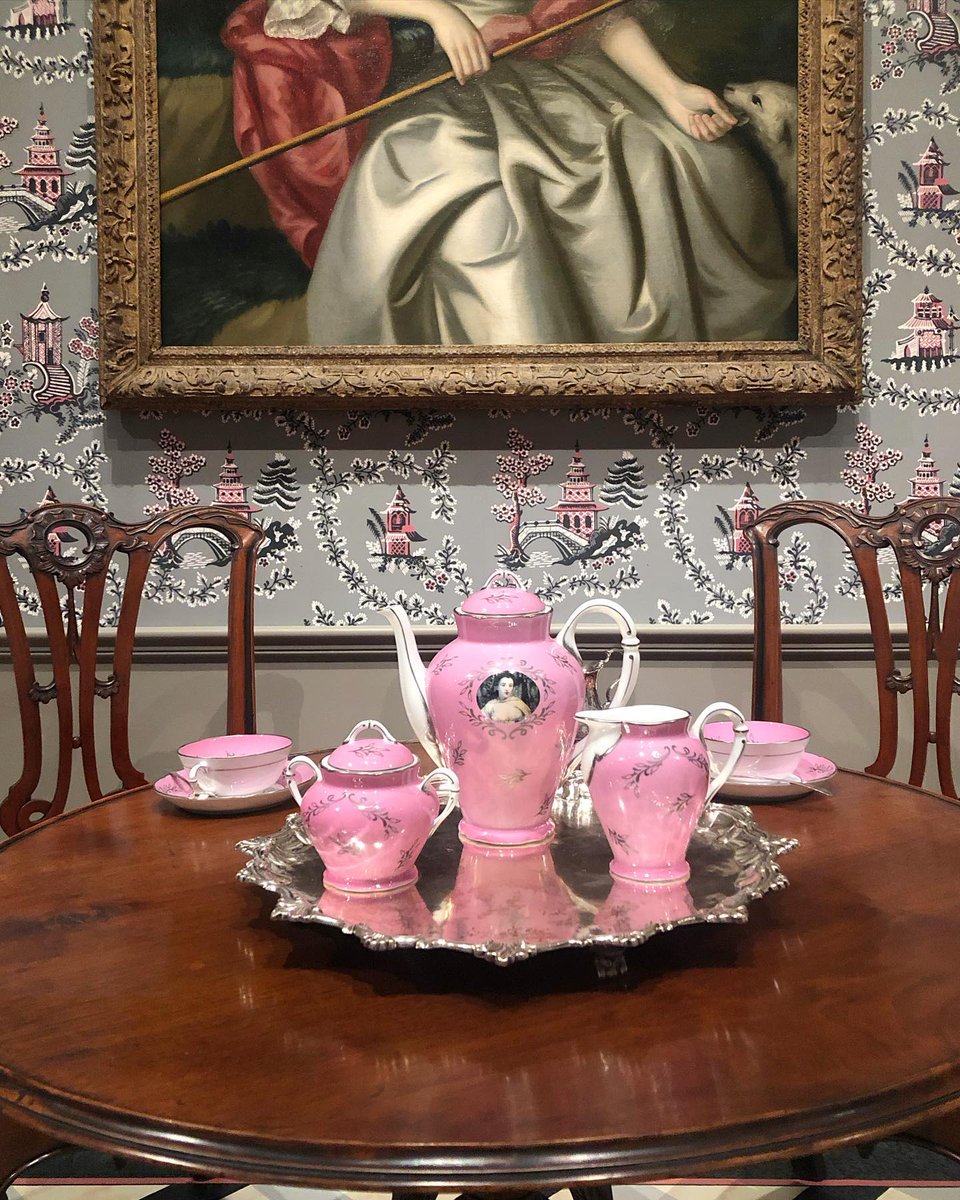

Colonial-era depictions of enslaved people from the Chesapeake are rare. This young woman’s name is not recorded, but she may have served as a nursemaid to Gustavus Hesselius, Jr. (1765-1767).
#VastEarlyAmerica
#AmericanArt
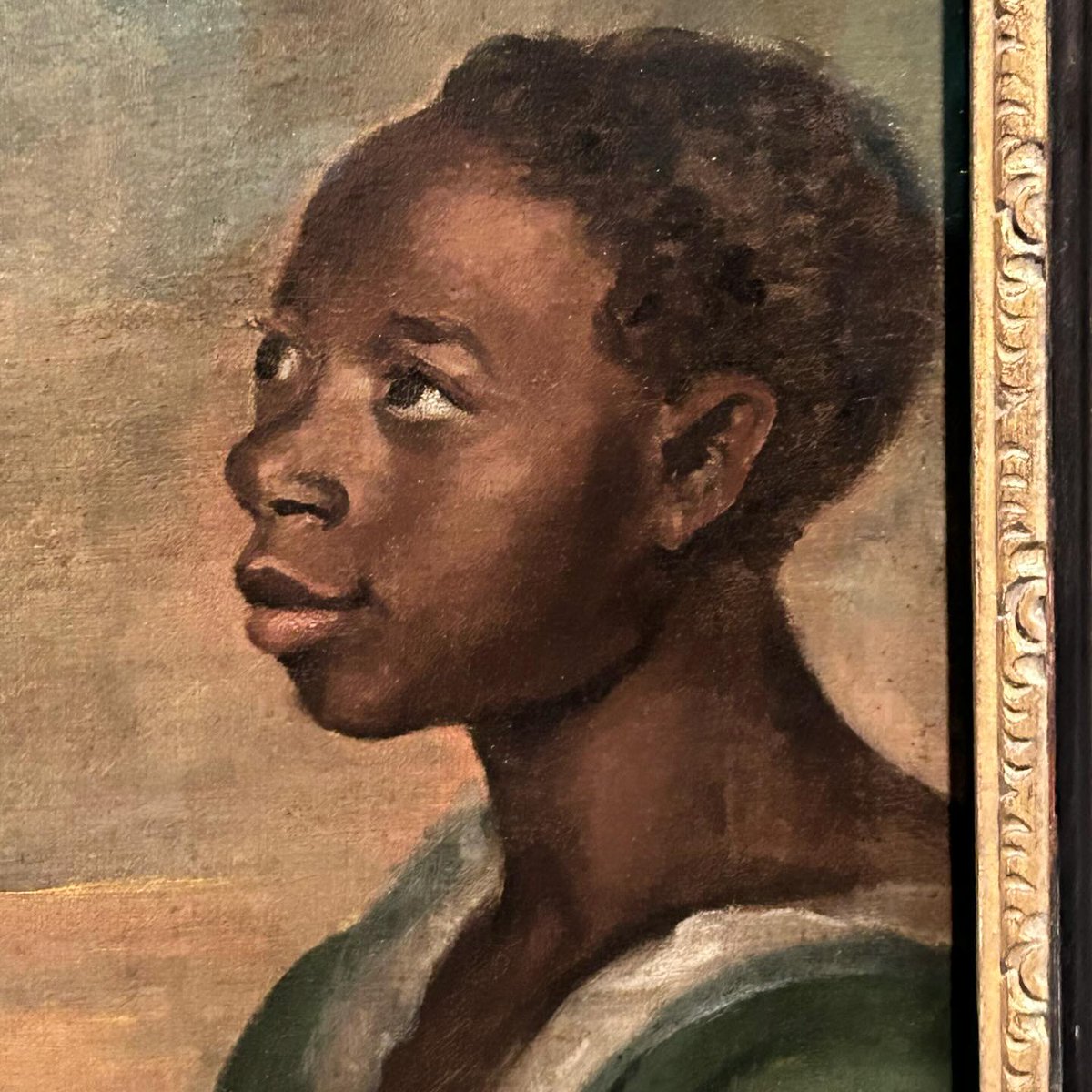

Slate gravestone fragment, carved for siblings Lonnon (circa 1704-1726) and Hagar (circa 1708-1727), enslaved by Christopher Phillips (1693-1753) of North Kingtown, Rhode Island. The fragment is now owned by the South County History Center.
#VastEarlyAmerica
#SlaveryArchive
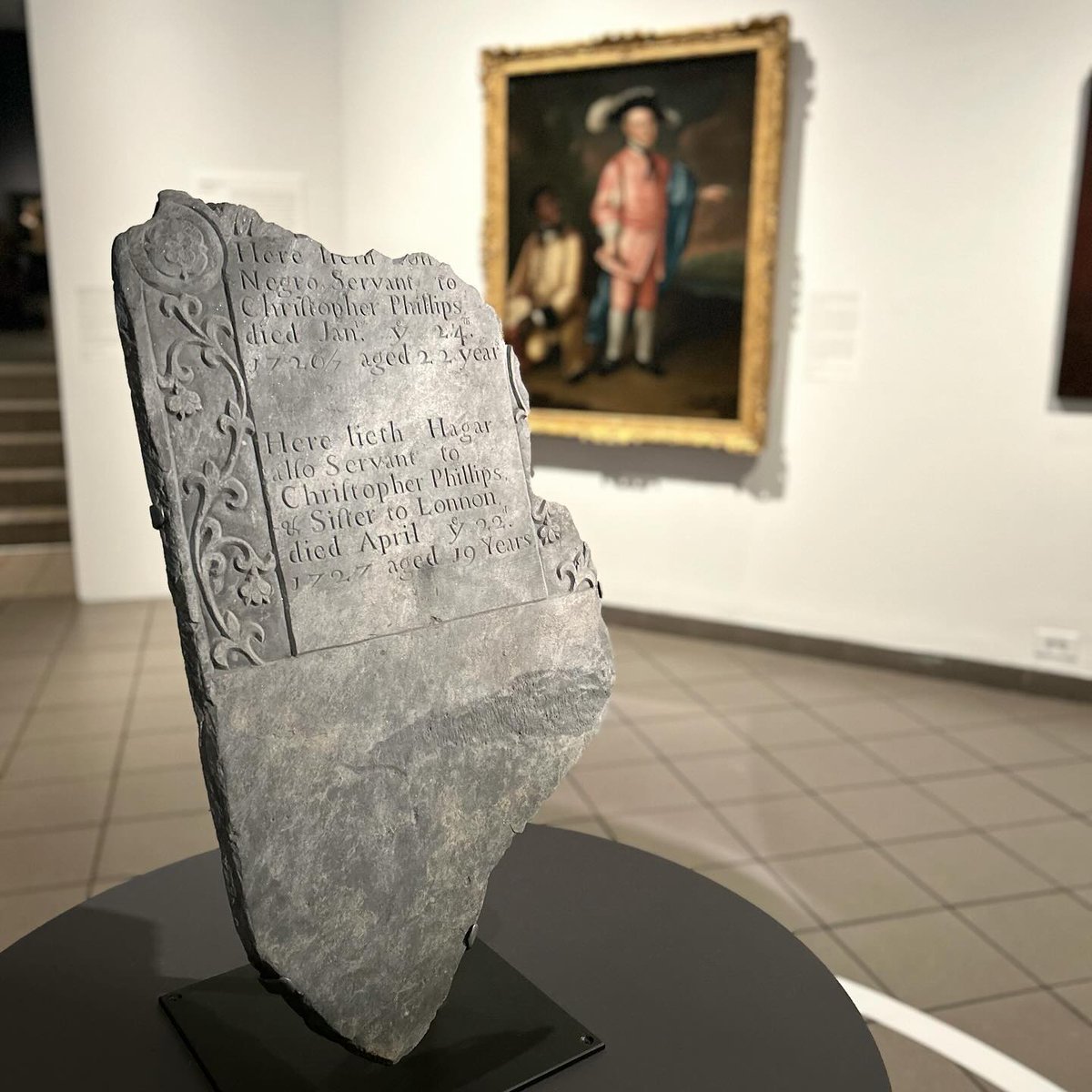

À la canadienne/Jean-Moïse Raymond (1787-1843), 1798–1800, MBAM.
#VastEarlyAmerica
#CanadianArt
#Canadiana
#CeintureFléchée
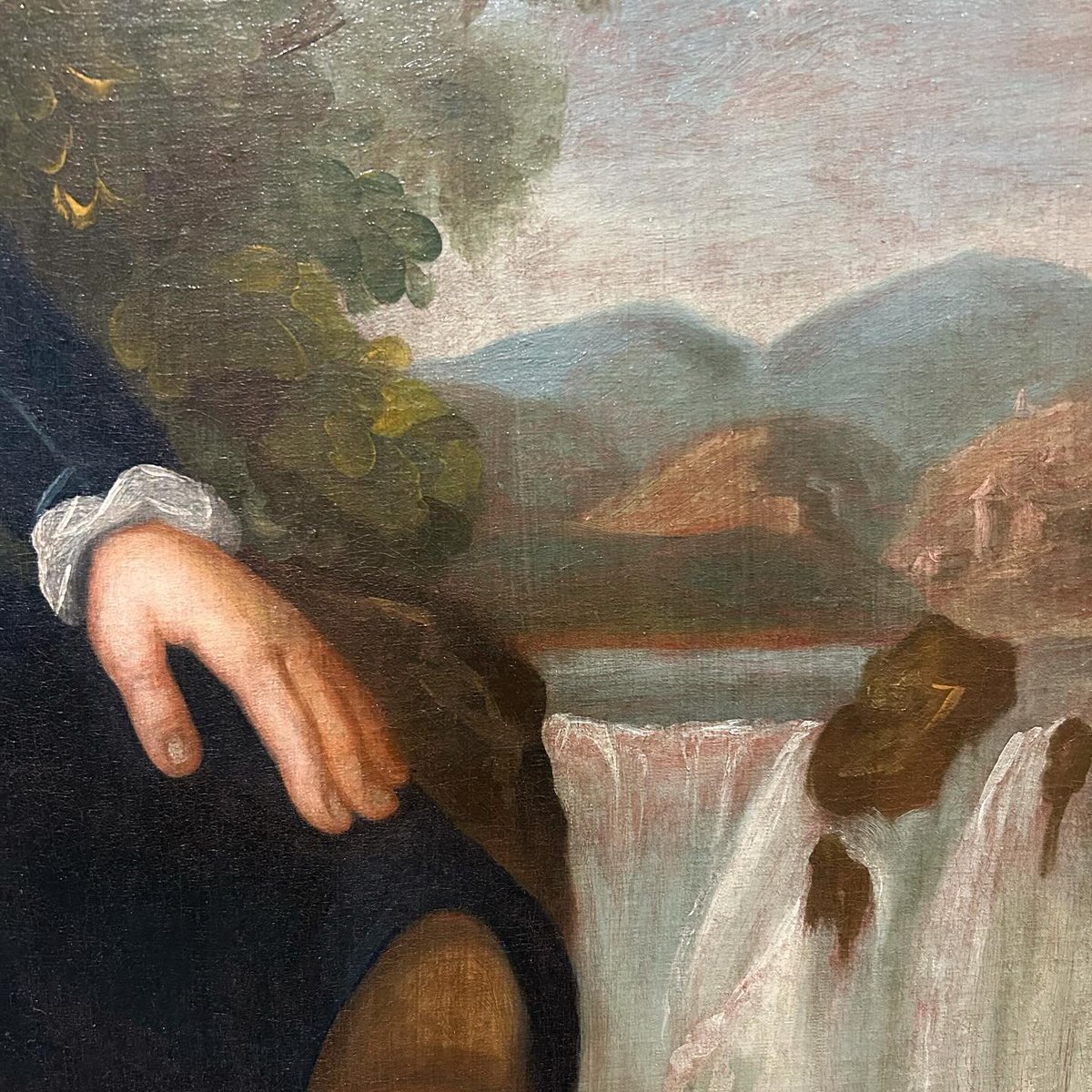

Today is the 250th anniversary of the Boston Tea Party. Engraved with the arms of the Erving family, this silver teapot by Boston silversmith Jacob Hurd was already a quarter-century old by the time that tea was dumped into Boston Harbor in December of 1773. #VastEarlyAmerica


The gambrel-roofed Store at West Granville in Massachusetts, a rare survivor built circa 1780, still holding its own nearly two and a half centuries later. The store doubled as Granville’s first post office from 1818 until 1909.
#VastEarlyAmerica
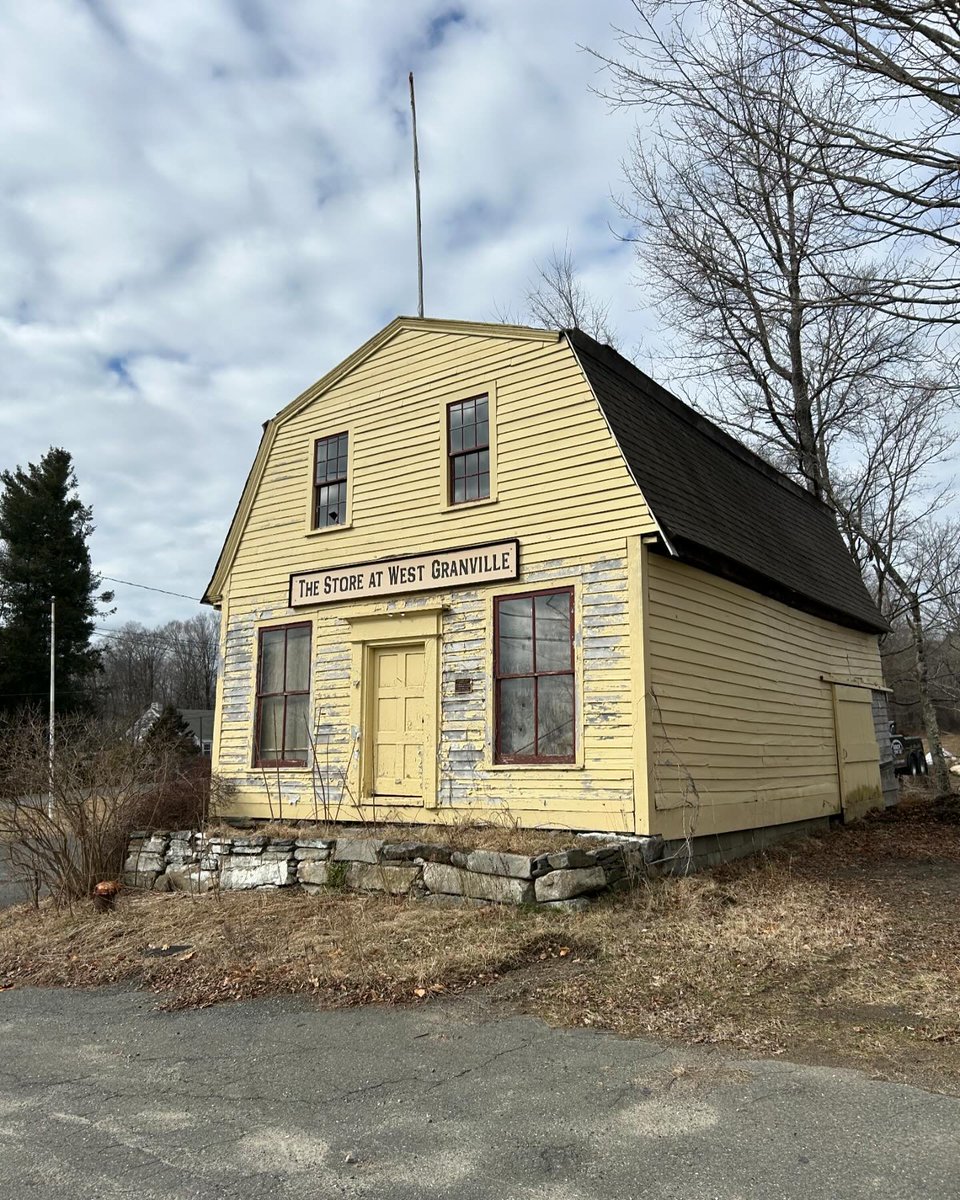

Wampum collar, traditionally attributed to the Mohegan sachem and “Friend of the English” Uncas (circa 1598- 1683 or 1684), the only known wampum to have remained in Native American hands since the 17th century. Now at the Tantaquidgeon Museum.
#VastEarlyAmerica #NativeAmerica
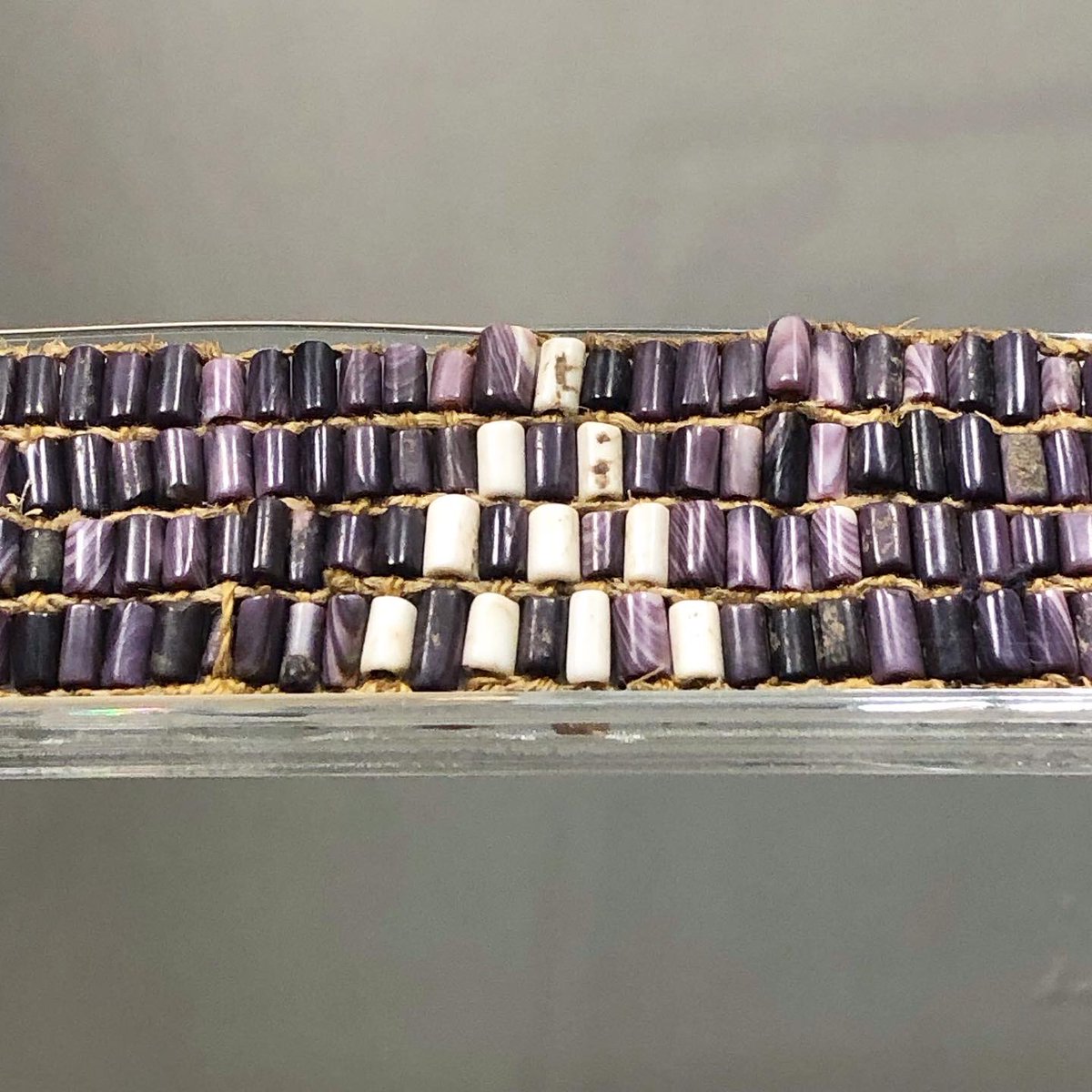


In 1692, as witchcraft hysteria gripped Salem, the Boston-born carpenter and joiner William Boardman, Sr. (1657-1696) completed this impressive house in what is now Saugus. The kitchen lean-to was added in 1731 by his son William Boardman, Jr. (1685-1753).
#VastEarlyAmerica
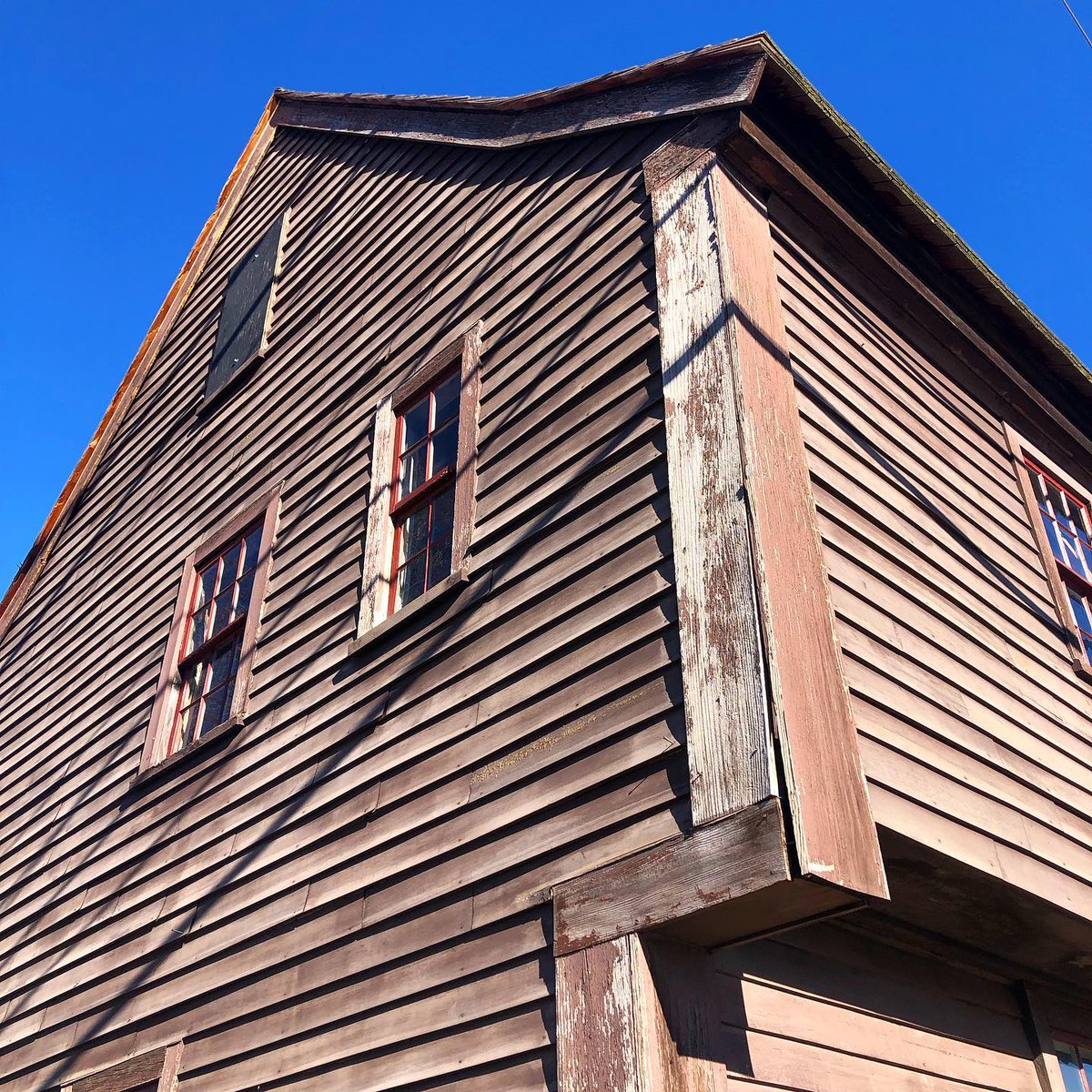

Bonus 1709 Stoddard trunk content, including the largely intact, completely original hand-marbled paper used to line the trunk's interior. Strips of the same paper were used to cover the nailed edges of the leather and on the sides of the two lower drawers.
#VastEarlyAmerica
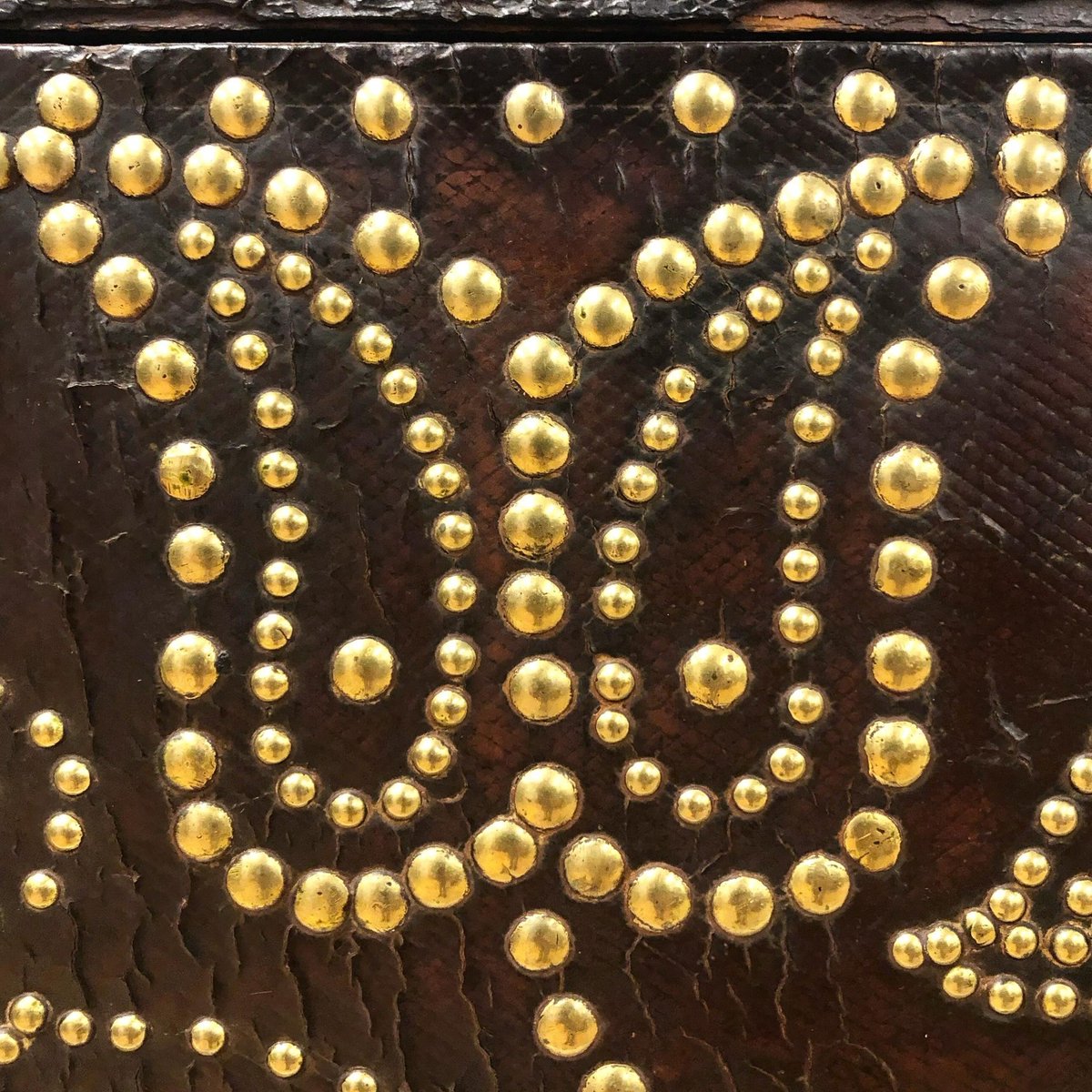

Early American cabinetmakers’ shops were filled with the sounds of saws, hammers, chisels, and planes. These same hand tools were used to transform local and imported woods into furniture that was both elegant and practical.
#VastEarlyAmerica
#AmericanArt
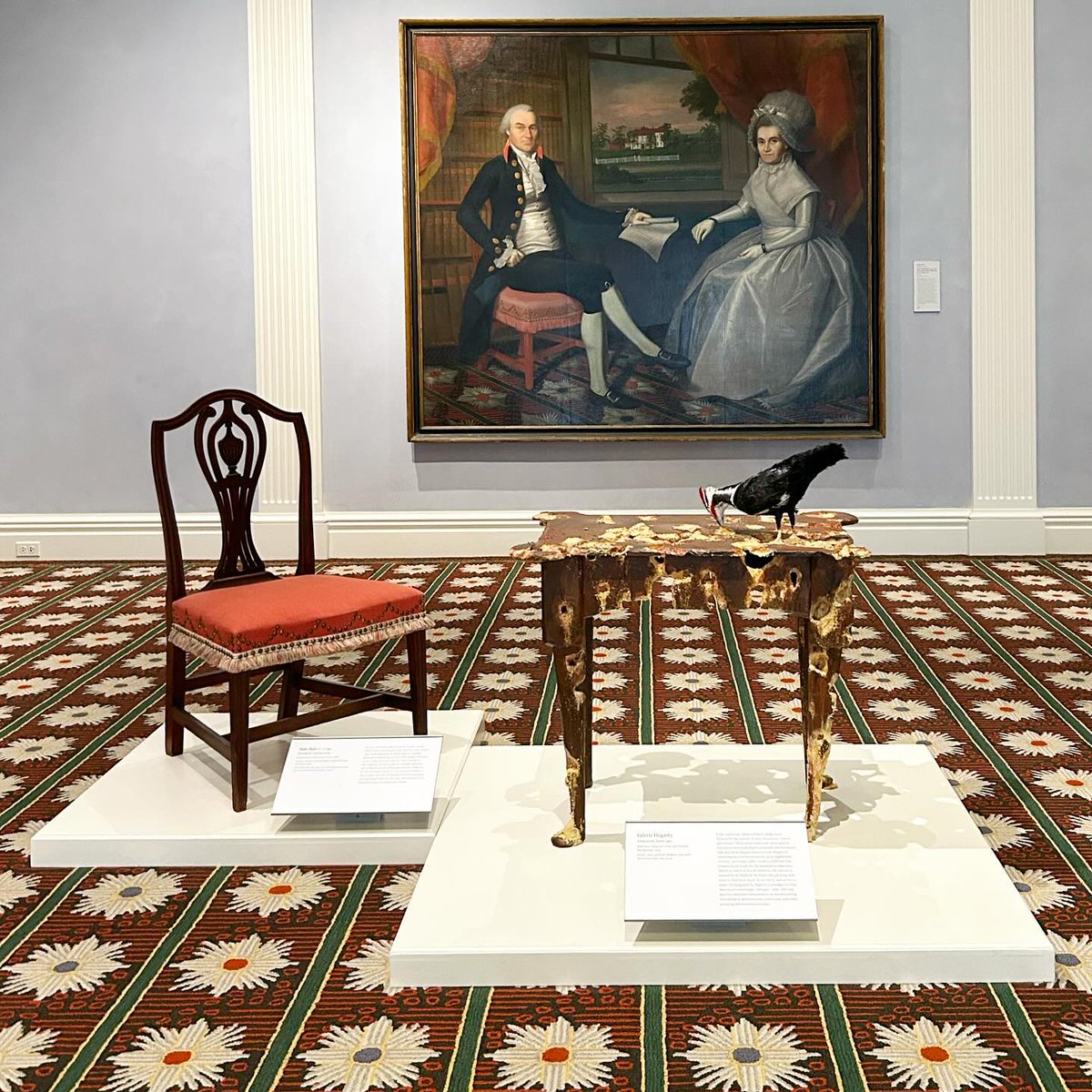

The Friends Meetinghouse in Uxbridge, MA, founded by Quakers from Smithfield, Rhode RI, in 1770, built using bricks supplied by the Quaker Farnum family. The front porch was added in the early 19th century.
#VastEarlyAmerica
#HistoricPreservation
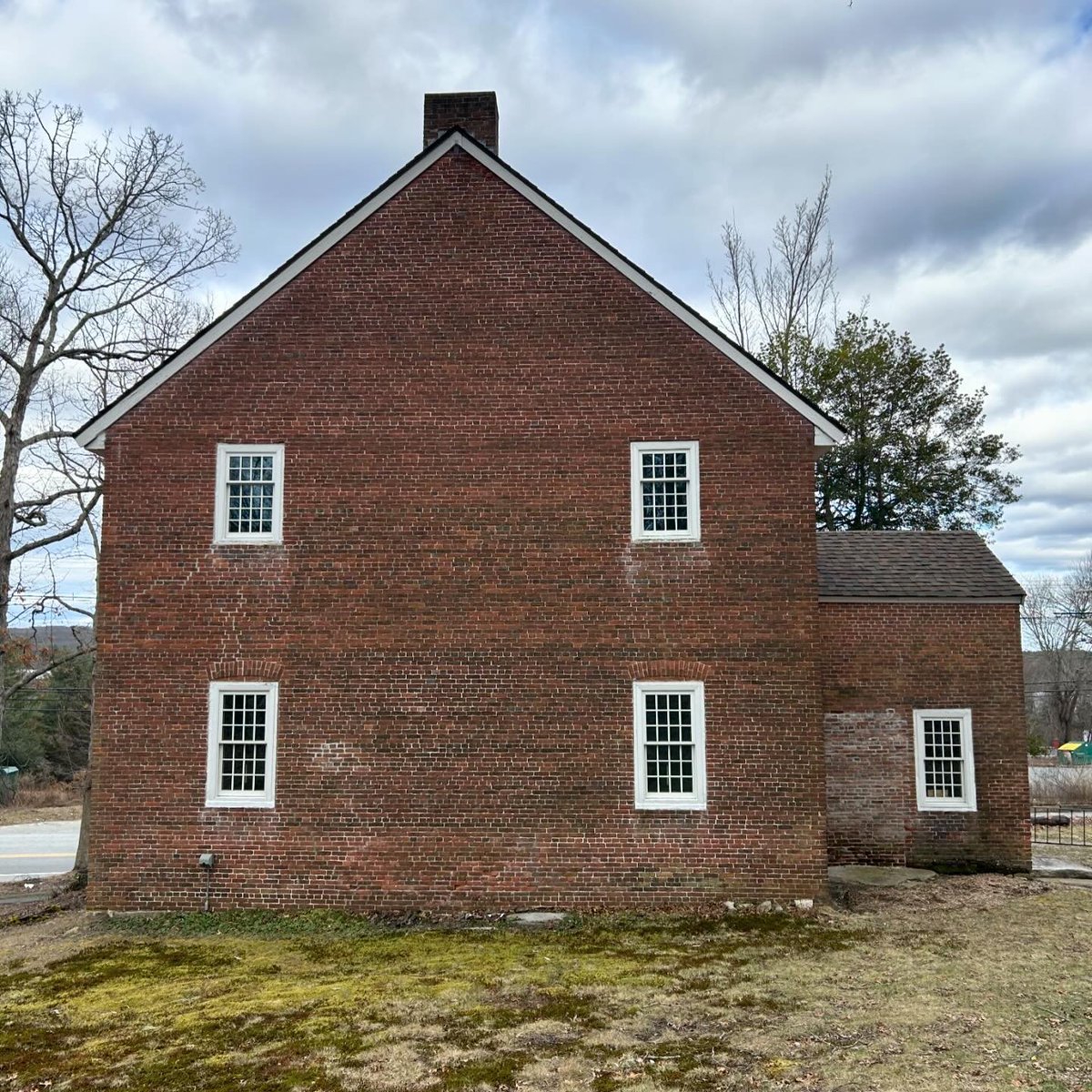

Real early Americanists bring pineapples to their talks.
#ColonialRevival
#PineappleExpress
#VastEarlyAmerica
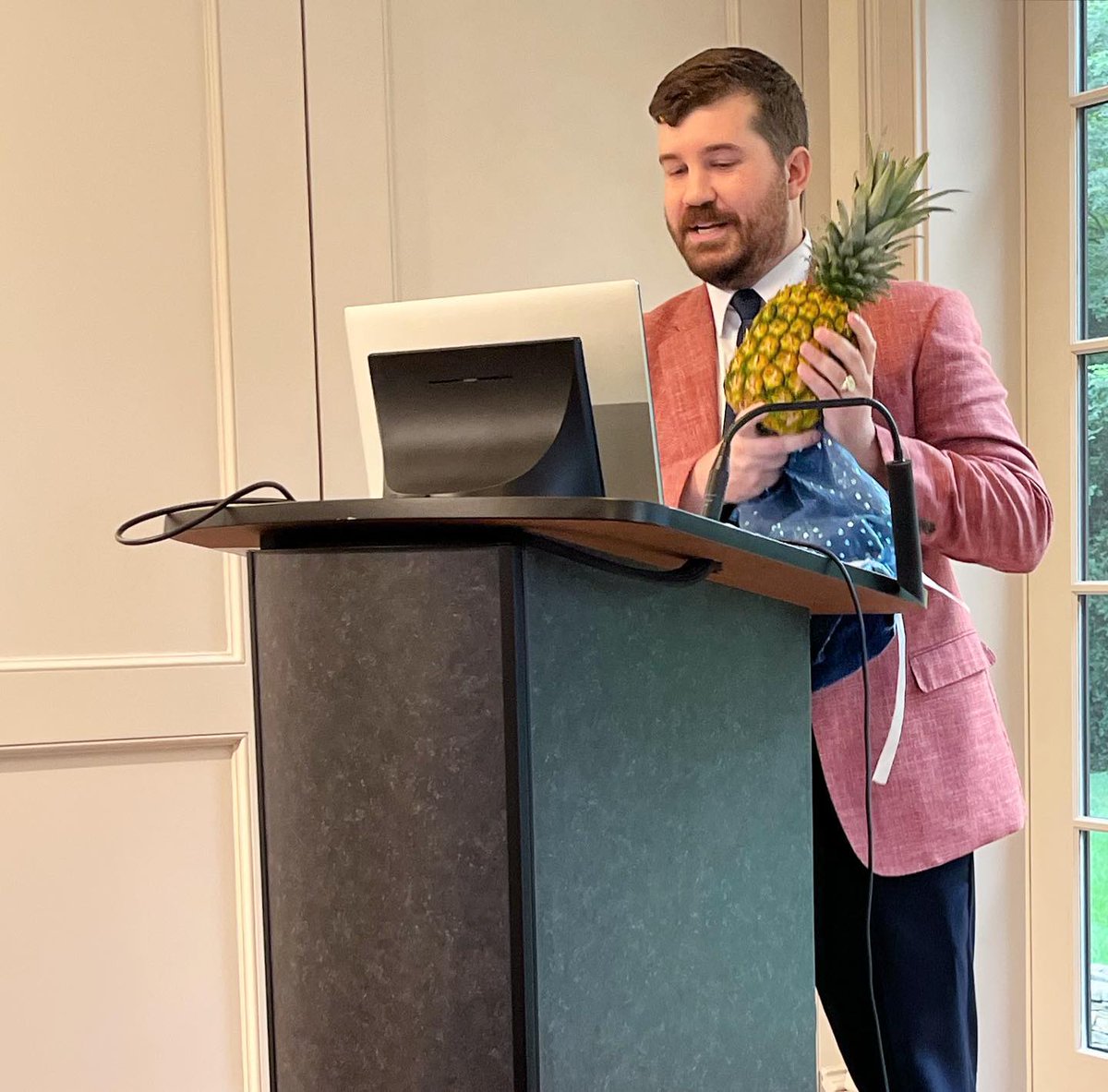

The oldest stone in West Springfield’s burying ground, carved for Nathaniel Dwight (1666-1711).
#VastEarlyAmerica #AmericanArt
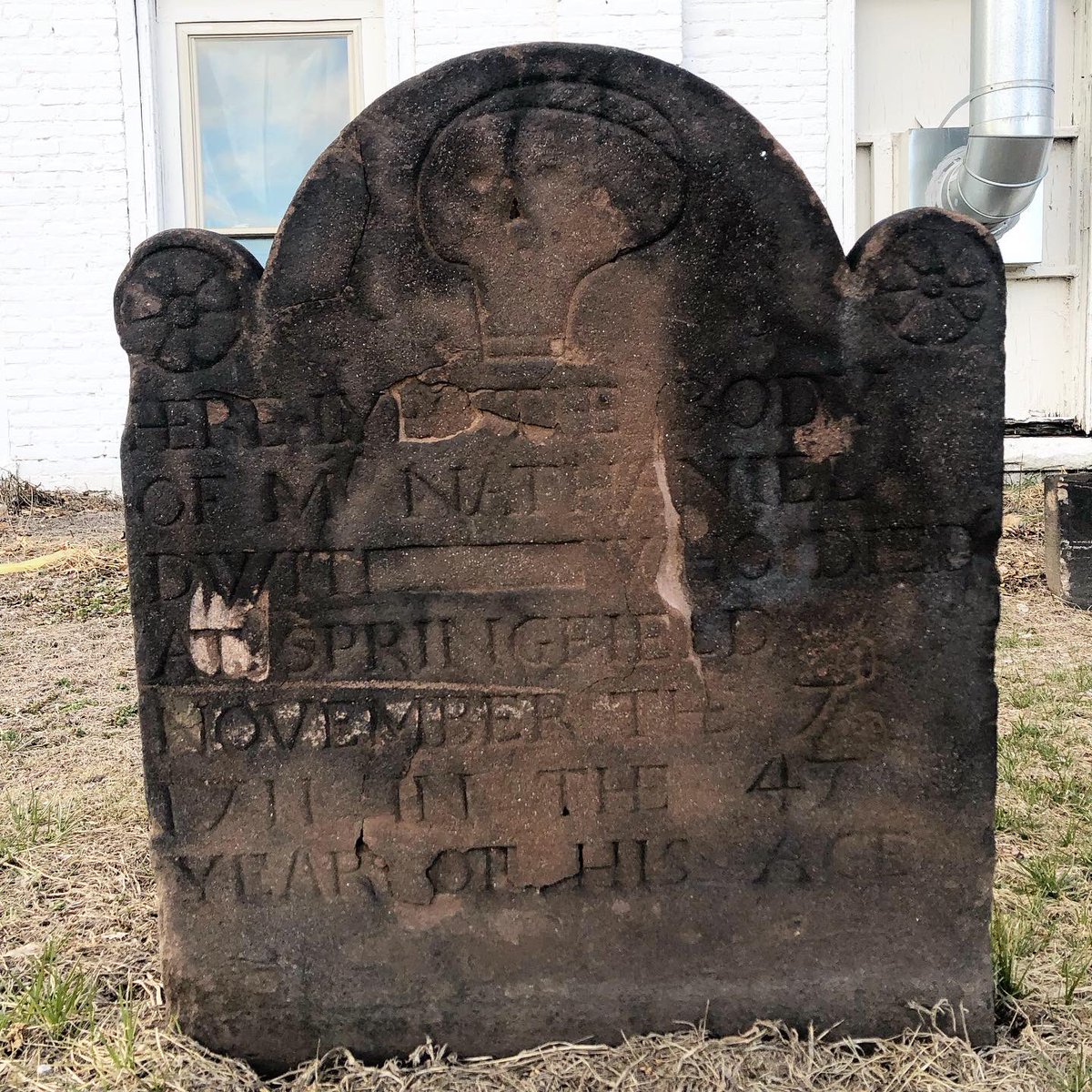

Am just starting this now, but the author's choice of cover image (a repro 18th-century wool petticoat of the sort worn by enslaved women, made + dyed with indigo specifically for the book!!!) is 🔥. Historians, do more of this! #VastEarlyAmerica #Twitterstorians #SlaveryArchive
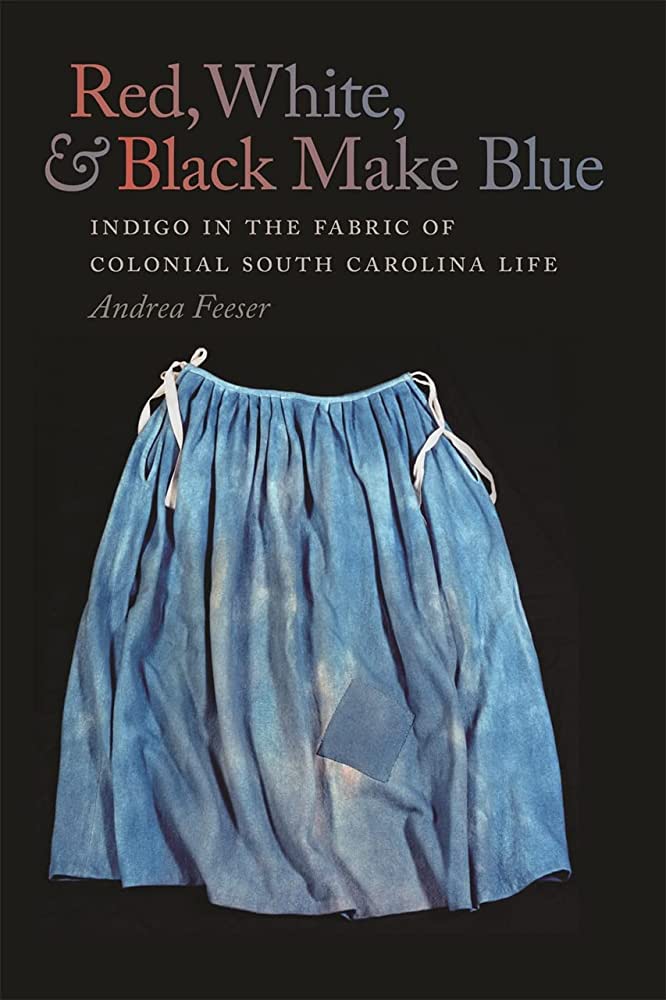

Frontier chinoiserie? Detail from a powder horn at Historic Deerfield belonging to John Tribble of Lyme, Connecticut, carved at Fort Edward in 1758. Tribble evidently made his way from New York to the Caribbean, only to disappear during the 1762 Siege of Havana. #VastEarlyAmerica
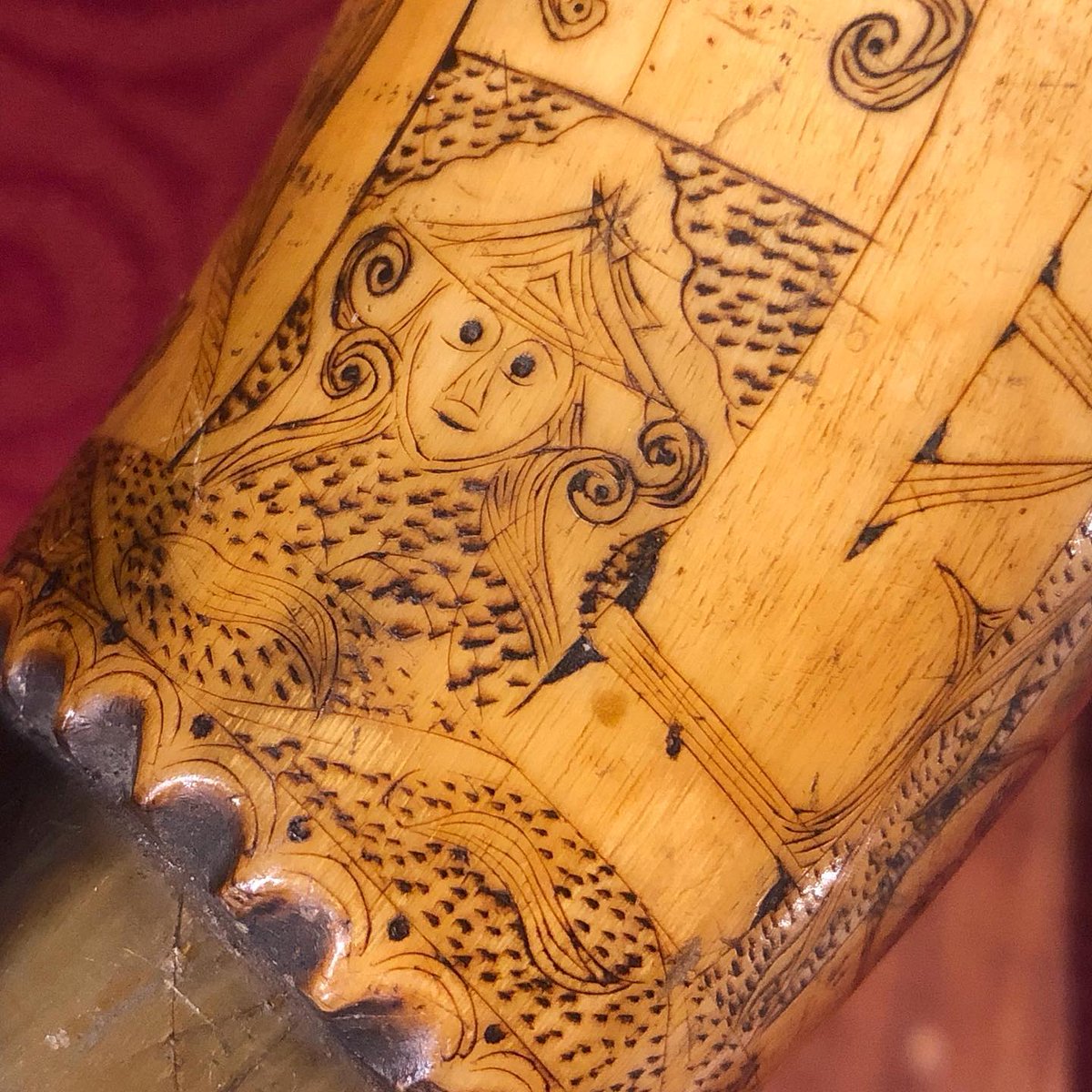

#OTDH 1774, the 1st Continental Congress met in Philadelphia. Read what John Adams thought of day one: tinyurl.com/4j7bfduf #MHS1791 #VastEarlyAmerica #AmRev #AdamsPapers
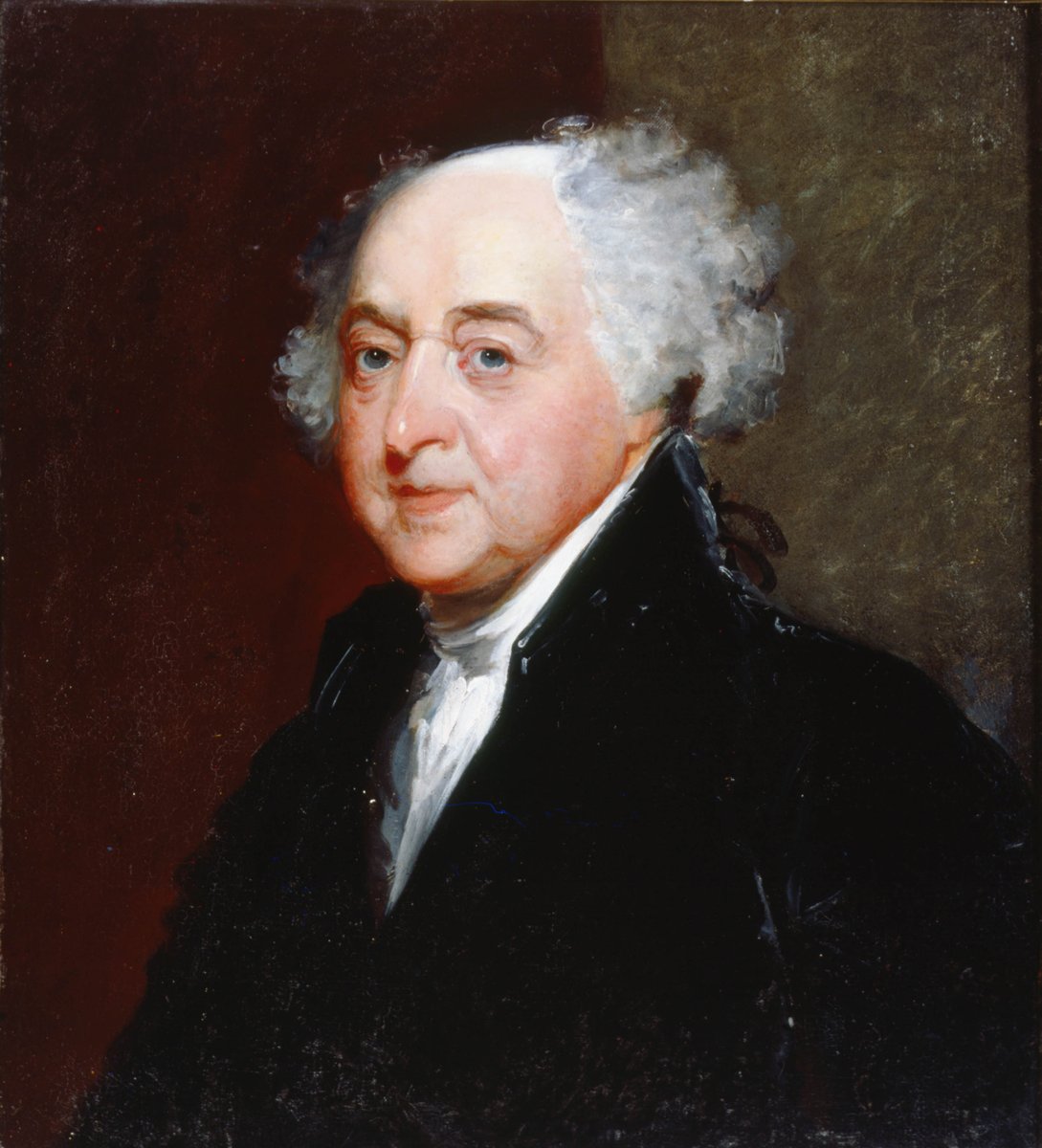


American Country House Conference o’clock + some Connecticut things that I like this fine morning.
#VastEarlyAmerica
#AmericanArt
#Twitterstorians


The 'Great Salt,' a London-made saltcellar brought to Massachusetts by Elizabeth Harris Glover (1602-1643), widow of the Reverend Jose Glover (circa 1594-1638). She donated it + her late husband’s printing press— the first in the English colonies— to Harvard. #VastEarlyAmerica
